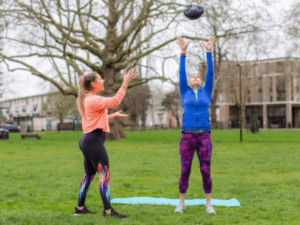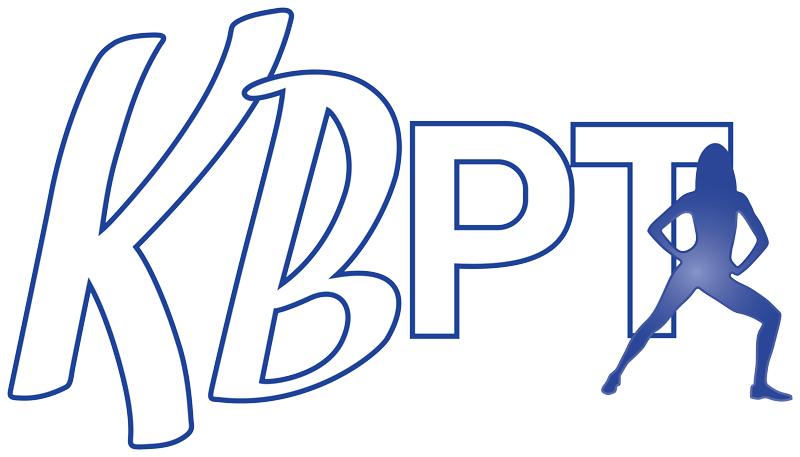Hypermobility is a condition characterised by excessive flexibility in a person’s joints and connective tissues.
Here are three key points to explain what hypermobility is:
1. Excessive Joint Movement: Hypermobility refers to a range of motion in joints that exceeds what is considered normal. People with hypermobility can often bend their joints beyond the typical limits without experiencing pain or discomfort.
2. Connective Tissue Involvement: The flexibility in hypermobility is often due to the laxity of connective tissues, such as ligaments and tendons, which are responsible for holding joints together. These tissues are more able to stretch than others and less supportive in individuals with hypermobility.
3. Joint Instability: Because the connective tissues are more flexible, people with hypermobility are at a higher risk of joint instability and dislocations. Their joints may move out of their proper alignment more easily, leading to injuries.
Strength training can be particularly beneficial for individuals with hypermobility because it helps address some of the challenges associated with this condition.
Here are three reasons why strength training is helpful for hypermobility:
1. Joint Stability: Strength training helps improve the stability of hypermobile joints. When muscles around the joints are strengthened, they provide better support and control over joint movement. This increased stability can reduce the risk of joint dislocations and subluxations, which are common issues for individuals with hypermobility.
2. Muscle Strength and Control: People with hypermobility often have weaker muscles due to the laxity of their connective tissues. Strength training helps build muscle strength and endurance, which can help compensate for the increased joint flexibility. Stronger muscles can better support and protect the joints, reducing the strain on them during daily activities and exercise.
3. Improved Posture and Alignment: Hypermobility can sometimes lead to poor posture and misalignment of the spine and other joints. Strength training exercises that target the core, back, and postural muscles can help improve alignment and posture. This, in turn, can reduce the risk of musculoskeletal pain and discomfort often associated with hypermobility.
If you are looking for a hypermobility personal trainer, please do not hesitate to get in touch with us at KBPT and email kate@kbpersonaltraining.co.uk
If you want to know if we have a “hypermobility personal trainer near me” you can check out our areas












